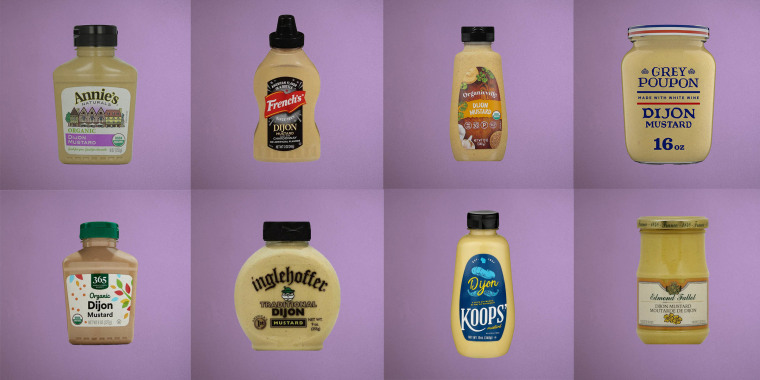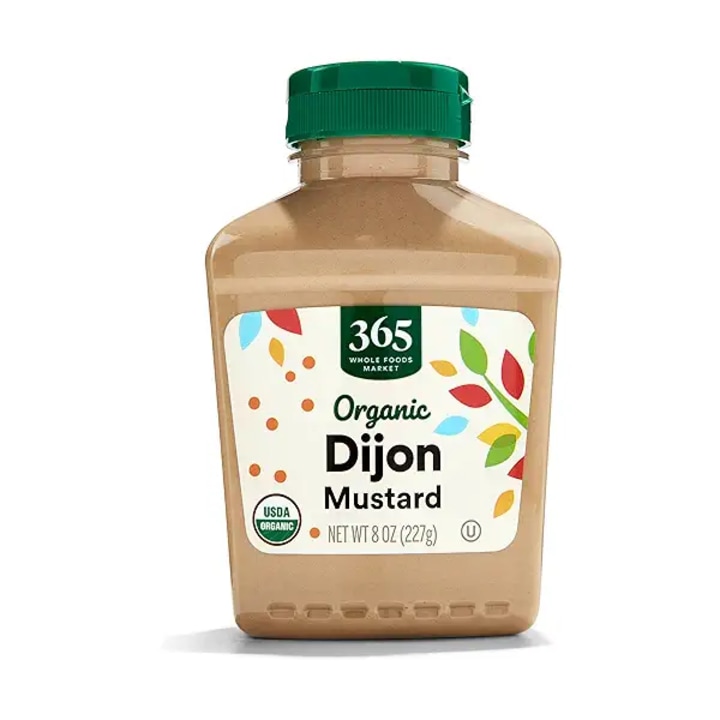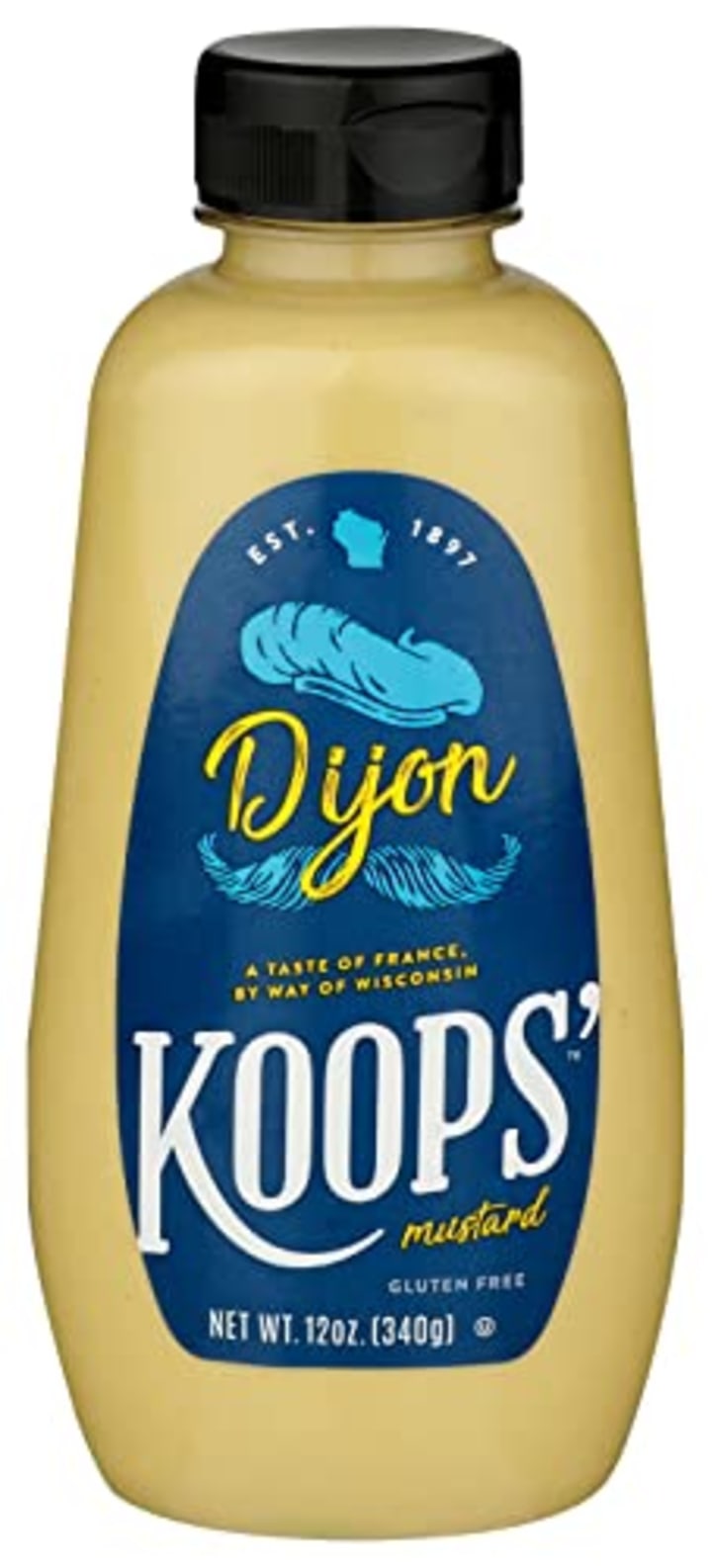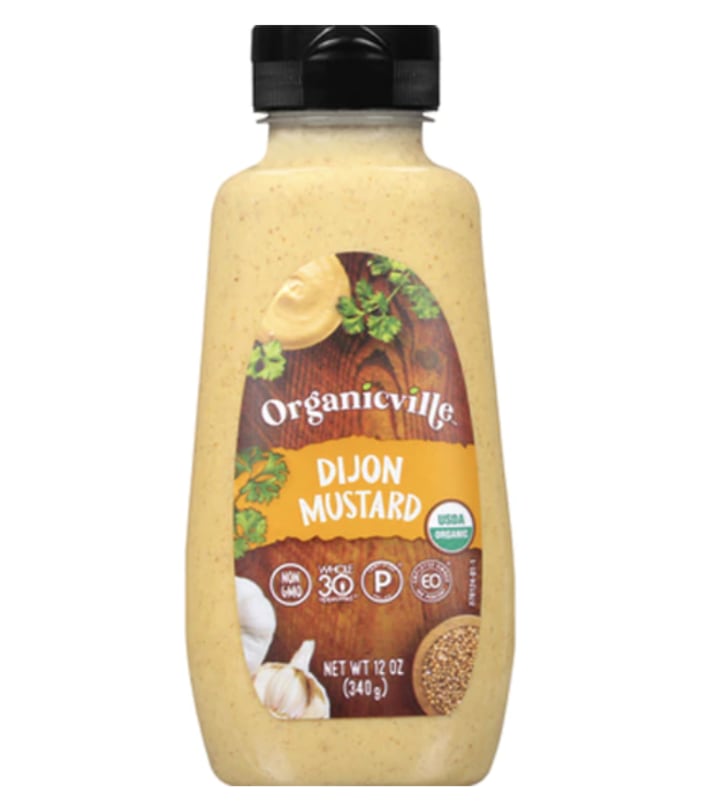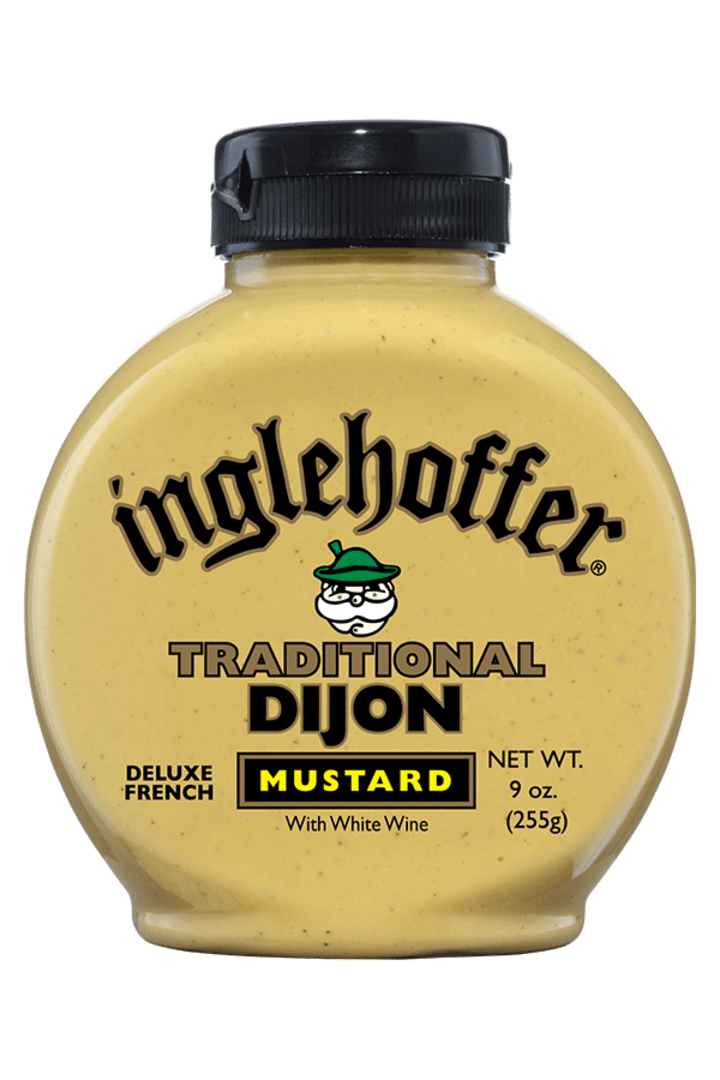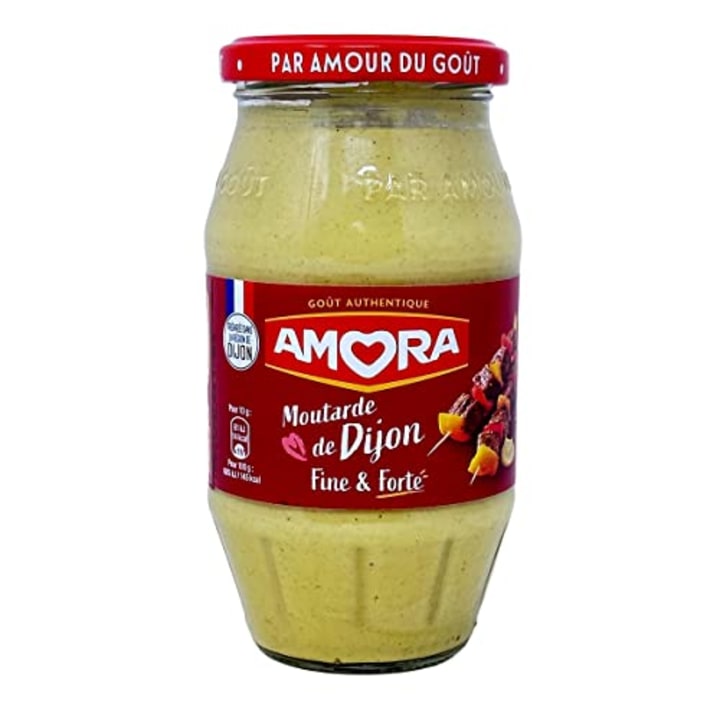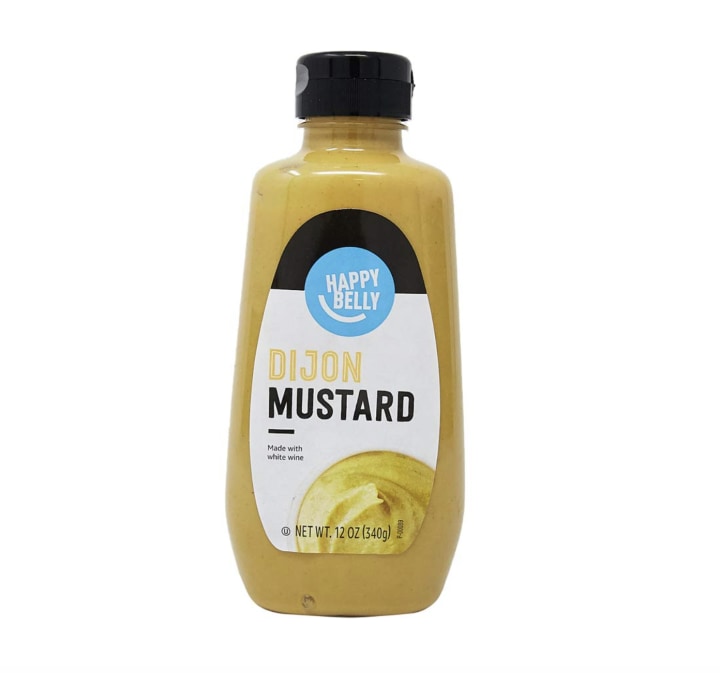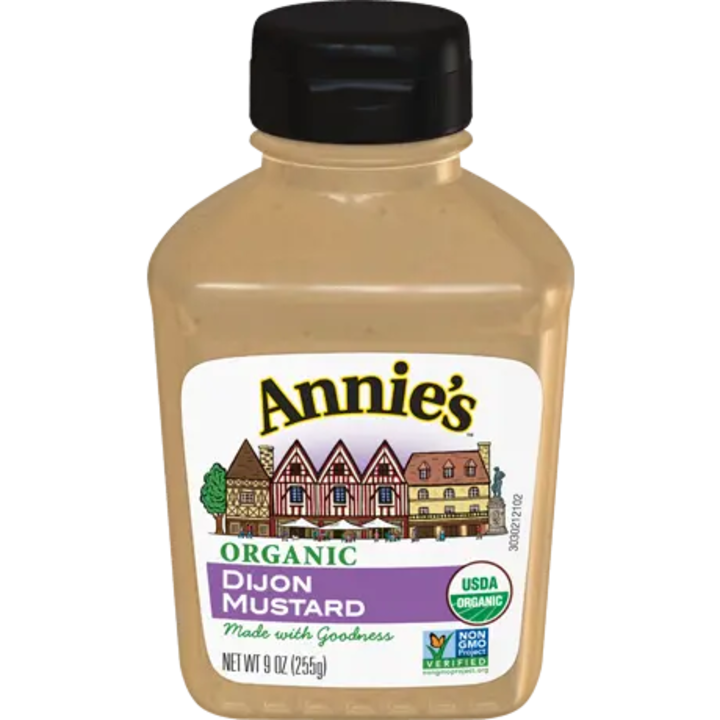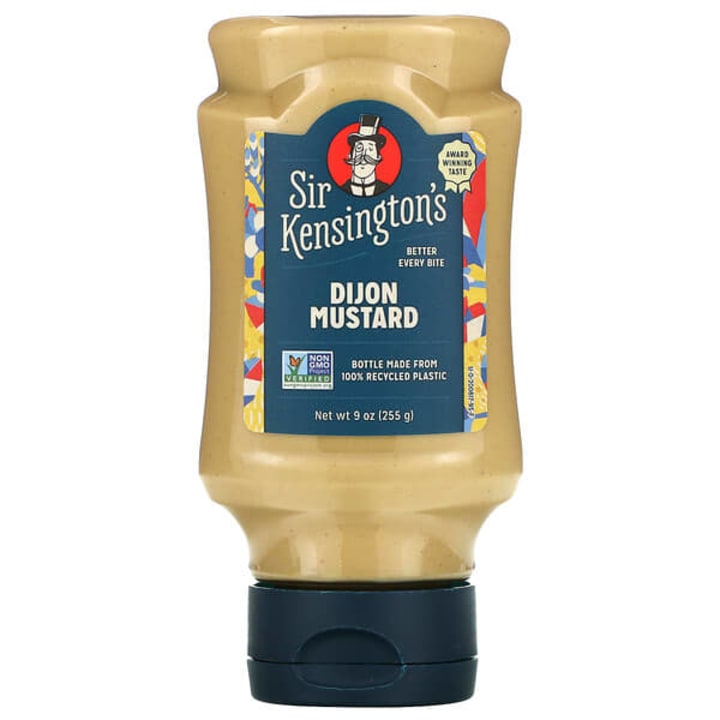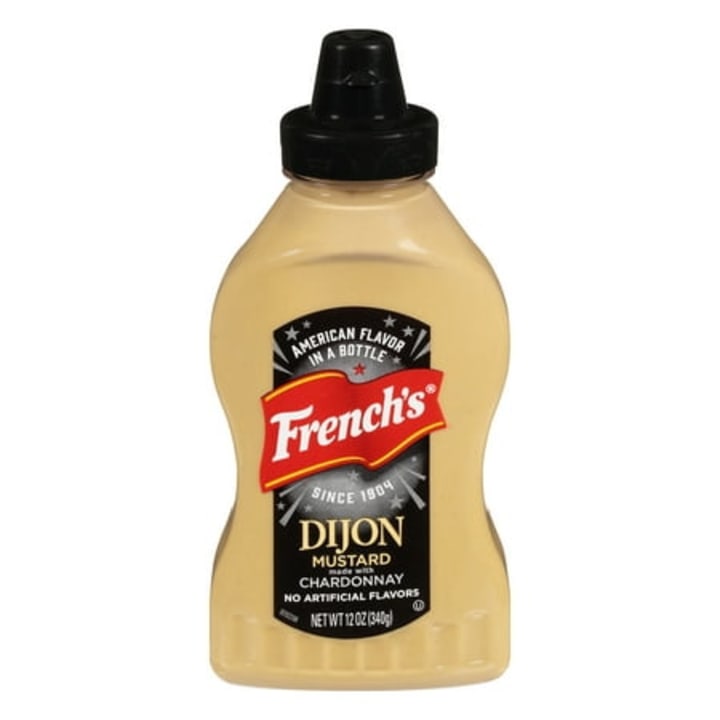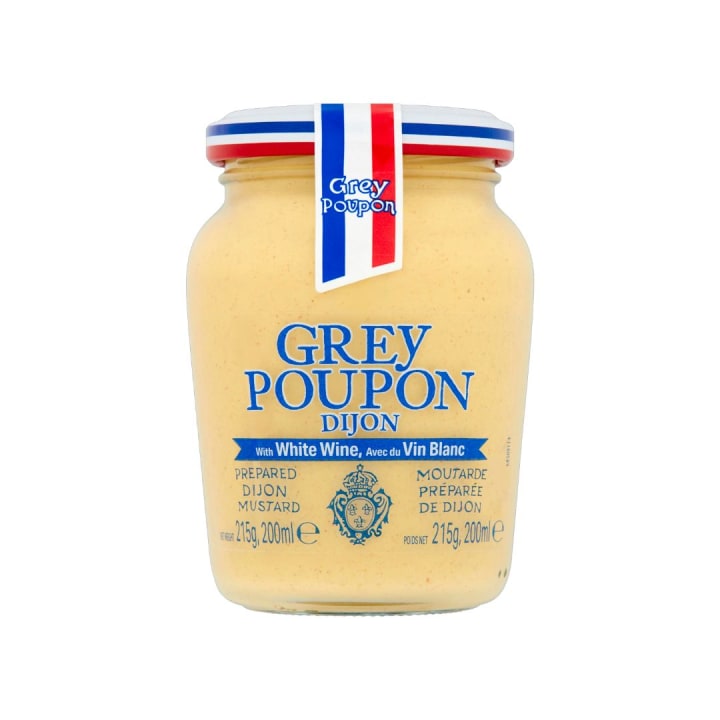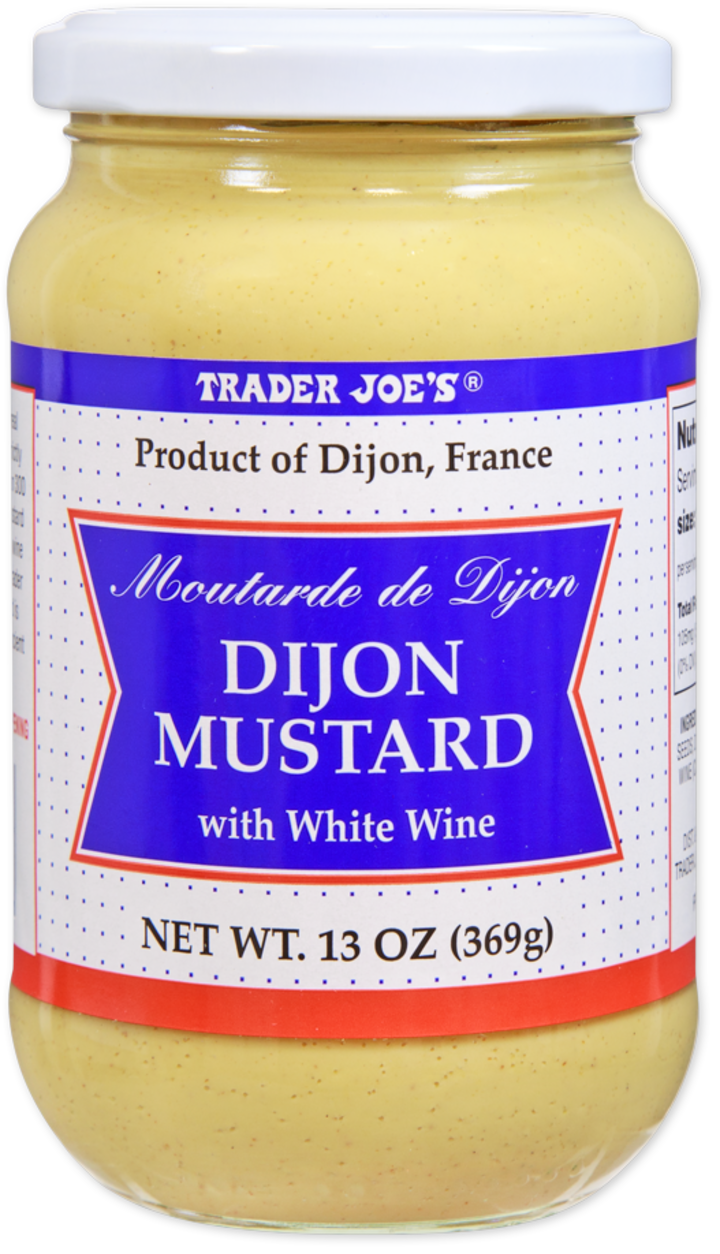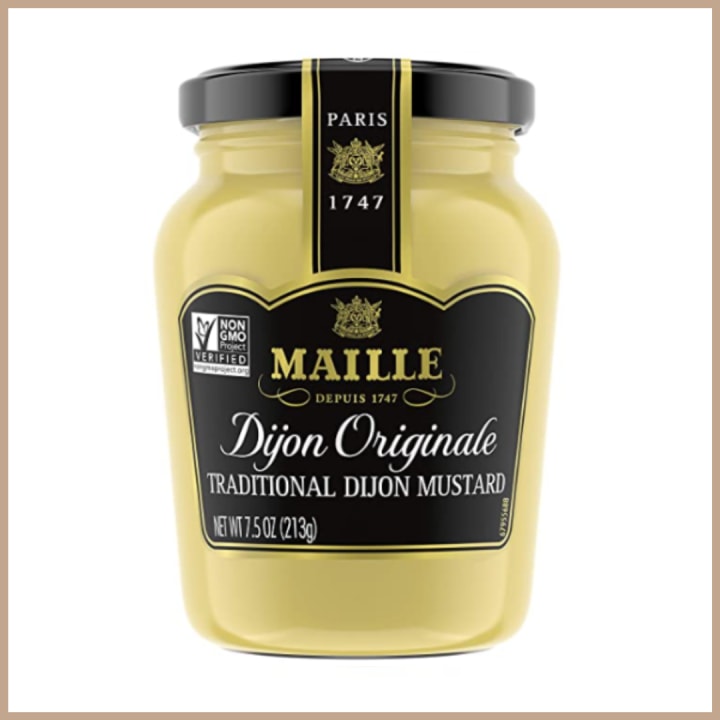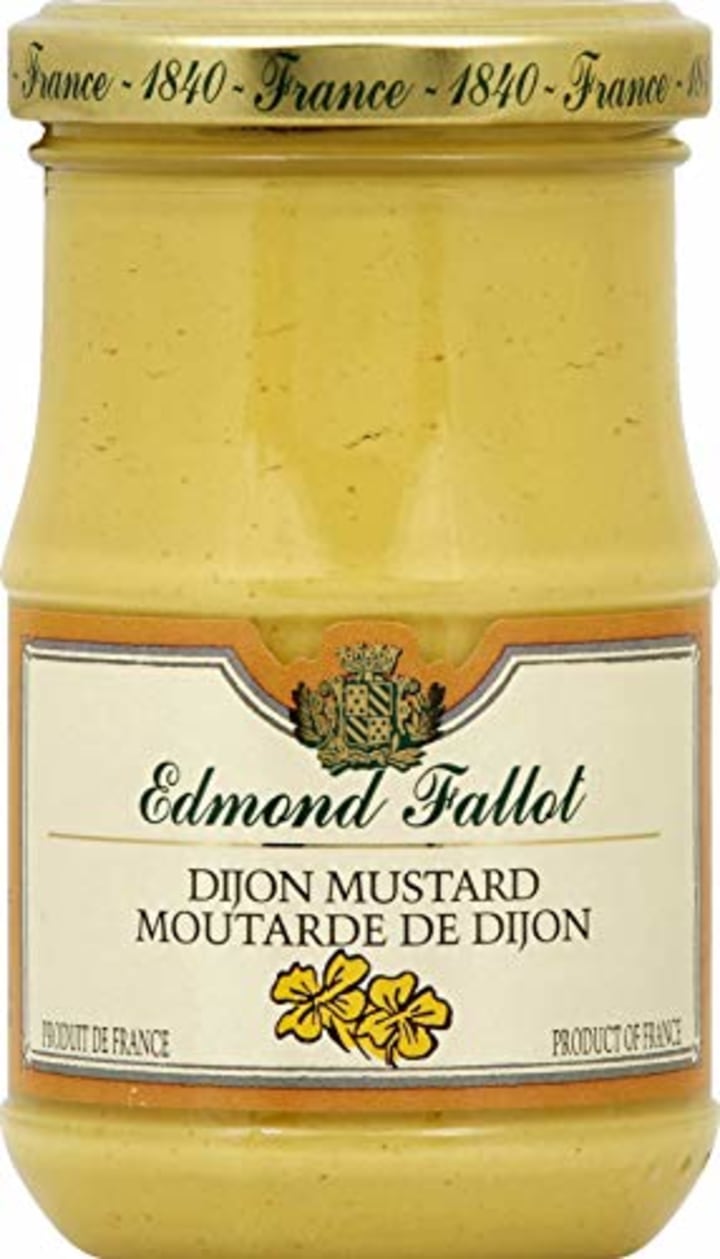I’ve already established my obsession with mustard in embarrassing detail (check out my guide to the best yellow mustards), so it should come as no surprise that this week’s Dijon mustard taste test had me happy as a clam (if said clam enjoys putting excessive amounts of condiments on its daily intake of phytoplankton and algae, of course).
Dijon mustard, named after the Eastern French city of its origin, is particularly exciting due to its signature sharpness and vinegary zing — two traits my palate welcomes with open taste buds.
“I love the intense and complex flavors,” says Geoff Abel, head chef of French-inspired The Long Apron at Spicers Clovelly Estate. “The tang and subtle spice of this famous condiment has more uses in the kitchen than you could count.”
Aside from typical sauces, marinades and dressings, Dijon mustard also serves as a wonderful emulsifier. During a recent trip to Abel’s restaurant in Queensland, Australia, I was treated to pasture-raised pork with parsnips, smoked apple relish and a mustard cream that was the dish’s unexpected highlight.
“The sauce is made by combining an aromatic white wine reduction with quality local cream and Dijon mustard,” shares Abel. “It is then reduced for hours until a velvety thick consistency is achieved.”
Anyone can, of course, incorporate a bit of Dijon mustard into their own cooking with so many brands to choose from. And while the O.G. recipe calls for stone-ground brown mustard seeds with verjus from Burgundy grapes, today’s take is typically some combination of brown mustard seeds, white wine, white wine vinegar, water and salt. It also doesn’t need to hail from Dijon. “But it sure would be great if it did uphold the regional requirement,” says Abel. “The beautiful marriage of mustard seeds and the juice of grapes that began in Burgundy has such a massive history and tradition that demands respect.”
To show my uttermost respect, I bought 13 of the leading Dijons on the market and dipped, slathered and squirted my way through every jar and bottle. Here’s what cut the mustard:
365 by Whole Foods Market Organic Dijon Mustard
Holy apple cider vinegar, Batman. Where was the white wine? Where was the balance? Where was the person to step up and prevent this concoction from being distributed across the country? Unfortunately, this tasted more like an immunity shot and less like something I wanted to smother on a sandwich.
Koops’ Dijon Mustard
Koops also suffered from Excessive Vinegar Syndrome, which gave it some pretty significant yellow mustard vibes. And while I always like to be reminded of the warmer months of summer, hot dogs simply aren’t on the menu for the next few months and that’s probably the only food I’d pair this with.
Organicville Dijon Mustard
Am I missing something here? People are obsessed with Organicville’s Dijon mustard, claiming it’s “thick” and “balanced” with a recipe that rivals Grey Poupon. And while it certainly wasn’t inedible, I found it to be entirely too sodium-laden and almost a bit chemical-tasting. Thanks, but no thanks.
Inglehoffer Traditional Dijon Mustard
A strong “fine” (this was literally the first word I wrote down), fun-to-say Inglehoffer makes a perfectly acceptable Dijon, but it didn’t leave a lasting impression. In fact, it was the only bottle on this list that I had to go back and taste a third time to determine where it would fit in on this ranking. And here we are at 10th place — not the worst, but also not the best.
Amora Dijon Mustard
It wasn’t amore with Amora, though I did think it would make for a very neutral base to dressings and marinades that have a bunch of other stuff going on, like herbs, spices and oils. So if you can’t handle the heat of a Dijon, get out of the kitchen. (Kidding, but do invest in a jar like this one for a more muted tasting experience.)
Happy Belly Dijon Mustard
This was a surprise hit of the bunch with delicate layers of flavor, rounded out by a subtle sweetness that made it different in a good way. It was also one of the most affordable, so this is the one to stockpile if you’re fearful of a zombie apocalypse.
Annie’s Organic Dijon Mustard
I am, admittedly, not always a fan of Annie’s line of condiments because they’re a bit heavy-handed when it comes to vinegar. But this was an exception — it wasn’t too strong and it wasn’t too salty, which many amateur cooks are going to appreciate if they want a Dijon that simply enhances and doesn’t overpower.
Sir Kensington’s Dijon Mustard
Here is where things took a turn from good to really good. Sir Kensington put forth a fantastic amount of heat that would excite sweat-seekers but not turn away those who can’t even handle cracked black pepper. It also shared a similar creaminess to my number one pick, which was a welcome component to tame the intensity of its notoriously strong ingredients.
French’s Dijon Mustard
Good on French’s for introducing a Chardonnay-based Dijon that holds a uniquely hot and salty finish. This could have easily been compared to its famous yellow bottle, but it held its own and maintained a completely different flavor profile from every other contender. In a world full of generic Dijon mustards, be a French’s.
Grey Poupon Dijon Mustard
This was a prime example of how some classics never die. Grey Poupon is the gold standard of beloved Dijon mustards (at least in the U.S.) and it’s not difficult to see why. The mouthfeel is silky-smooth, the flavor doesn’t overwhelm and while it was certainly on the more vinegary side, it felt like the ingredient was celebrated instead of forced onto the tongue aggressively like a menthol cough drop or cluster of jalapeño seeds. In other words, buy it, appreciate it and put it on practically everything for an added kick.
Trader Joe’s Dijon Mustard with White Wine
This Dijon is not for the faint of heart. If you’re hoping to wake up your nose from a year-long smelling coma or simply enjoy a little pain with each bite (I share in your weirdness), Trader Joe’s offers this bold mustard that will become a staple in your refrigerator shelf. It’s also the real freakin’ deal, crafted by a moutardier in the French countryside just outside of the city of Dijon. And it adheres to all of the strict production guidelines, as well, which means there’s white wine aplenty so that you can really taste its authenticity.
Maille Dijon Originale Traditional Dijon Mustard
If Trader Joe’s was a vault of punchy flavors (because I love a good gymnastics metaphor), Maille was the balance beam, offering a delightfully harmonious blend of acidity and sharpness in an ultra-fine texture (thanks to Maille’s manufacturing process of cutting mustard grains and not crushing them). There may be times where my No. 1 pick may be unavailable or at too high of a price point and, if that’s the case, Maille should absolutely be your go-to.
Edmond Fallot Dijon Mustard
Hats off to Edmond Fallot for putting out a Dijon mustard that ticked all of the boxes. Tangy, spicy, smooth and surprisingly creamy, it was the one I couldn’t stop spreading all over the assortment of carbs I had laid out in front of me. And while I do wish it was slightly hotter (I apparently enjoy subjecting my taste buds to torture), it was the, dare I say, *perfect* condiment. Scraping from an actual glass jar was simply an added bonus (it feels fancier, right?) and all that was missing was a beret and a proper pronunciation of “c’est bon.”
